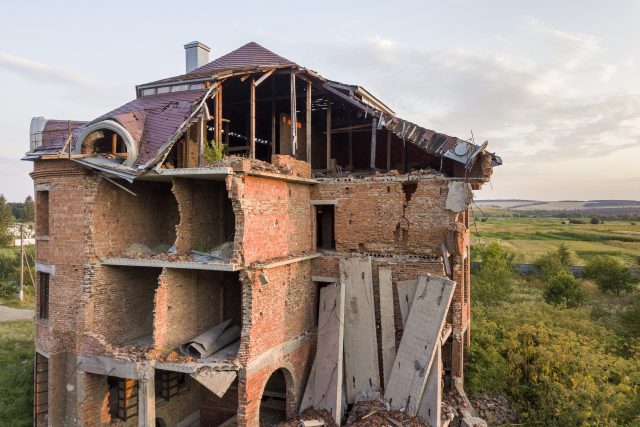A week after the earthquake (September 2023) that struck the kingdom, killed 2,946 people and left more than 15,000 homeless and destroyed tens of thousands of homes, Morocco is already thinking of the next day.
How to ensure the return to school with 500 schools in ruins? And above all, how to rebuild after the destructive earthquake of a week ago? These are the questions that the Moroccan authorities and architects are asking themselves today. First, we must take stock of the situation. Should houses be destroyed or restored?
On the bridge on Saturday morning, architects will participate in inspections of all buildings, reports our correspondent in Morocco, Seddik Khalfi. Jawad el-Basri is president of the Order of Architects of Marrakech: «We have opened lists, we are hundreds of volunteer architects», he explains.
Collective buildings
For reconstruction, priority must be given to public facilities: schools, mosques and health clinics must resume as soon as possible. “In Marrakesh alone, 86 schools were affected,” he said. “ Commissions are being made about these socio-collective facilities. It was an extraordinary coordination. All efforts were concentrated and we tried not to disperse.”
Architects advocate for an integrated model. For them, it is unthinkable to reproduce the mistakes of the past. “We have asked the public authorities to work urgently, but not in a hurry, that there be a specific urban architectural model,” says the architect. We ask that the governments that will rebuild this area have an integrated project.” Architects hope to be useful and improve the lives of their fellow citizens.
Dwellings
As for dwellings, there is no official estimate of the number of buildings destroyed. But the construction site is «titanic», concedes Soufiane Abad, civil engineer to the Qualiconsult group, a Moroccan company specialized in construction, to the microphone of Arthur Ponchelet. “Right now, the authorities have chosen, and I think it’s the best option already, to categorize buildings that have suffered major damage, and not let citizens and residents sit in those buildings. Although they were standing, the level of cracking and impact not being assessed at this stage, it was preferred to keep the inhabitants sheltered in front of a possible risk of collapse.”
Roads
Paramedics are still working to find bodies under the rubble. But to reach the most remote villages, you have to go by road. Roads that were also affected by the earthquake with, in some places, significant landslides. Bouchaïb Safir, president of the Moroccan Road Association, details the efforts needed to clear the access roads. “To clear these roads, an impressive mobilization of personnel and machinery was undertaken,” he says. “ Public works companies in general responded to the call of the Moroccan Roads Association and in coordination with the Ministry of Equipment and Public Works and Water. The companies moved a large fleet of heavy machinery, including bulldozers, loaders, excavators and clearing trucks, as early as Saturday morning. Teams of skilled workers were also deployed to coordinate all these efforts.















































